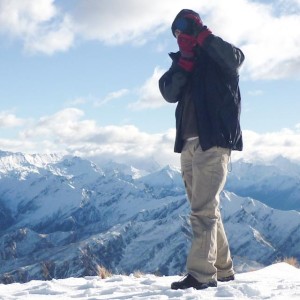
Khirbet Qumran – (Ruin of Qumran)
It was definitely a place that the Essenes would have liked – not a place that they would have been interrupted very often. In a place that was dry and arid around 18 kilometres from Jericho.
But who were the Essenes. They were relatively unknown until the discovery of the Dead Sea Scrolls.
The Essenes were a sect of Second Temple Judaism that flourished from the 2nd century BCE to the 1st century CE which some scholars claim seceded from the Zadokite priests (priests that descended from Eleazar the son of Aaron).
The number of Essenes was much smaller that the two main sects at the time that were the
- Pharisees
- Sadducees
The Essenes lived in various cities but congregated in communal life dedicated to things like voluntary poverty, daily immersion, and abstinence from worldly pleasures, including (for some groups) celibacy.
So when knowing this, the significance of the things that have been found at the Qumran excavations and also at Masada gives a greater understanding of why they had Ritual Baths (Mikveh), aqueducts as well as other buildings that you would find in many other townships.
The site was excavated by Catholic priest Roland deVaux from 1953-56. More recent excavations of the site have taken place under the direction of Hanan Eshel.

Several biblical regulations specify that full immersion in water is required to regain ritual purity after ritually impure incidents have occurred. Most forms of impurity can be nullified through immersion in any natural collection of water. However, some impurities, require “living water,” such as springs or groundwater wells. Living water has the further advantage of being able to purify even while flowing, as opposed to rainwater which must be stationary in order to purify. The mikveh is designed to simplify this requirement, by providing a bathing facility that remains in ritual contact with a natural source of water.

Obviously Aqueducts are used to allow water to be transported to Ritual Baths.
For more information about Qumran
A good Website about the Dead Sea Scrolls that I recommend
https://www.deadseascrolls.org.il
